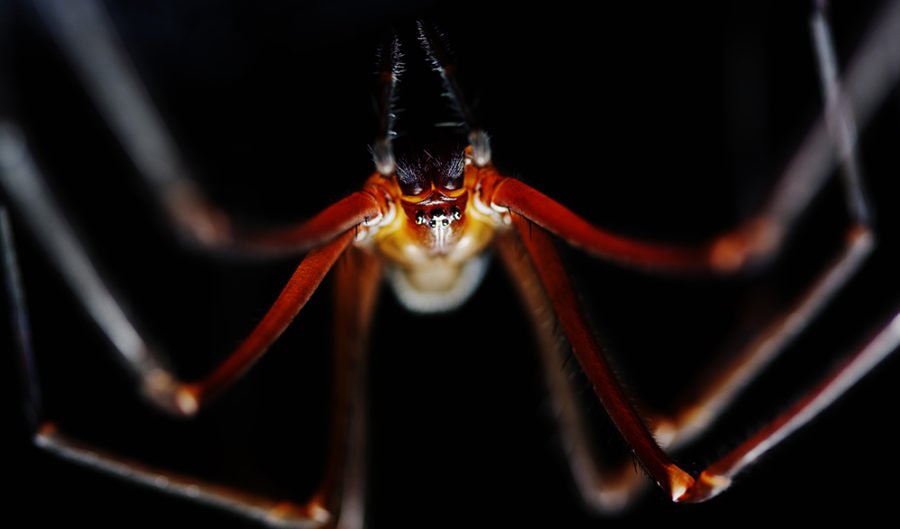
The underground world of spiders
Spiders can be found even in the most inhospitable of places thanks to their amazing capacity to adapt.

Spiders can be found even in the most inhospitable of places thanks to their amazing capacity to adapt.
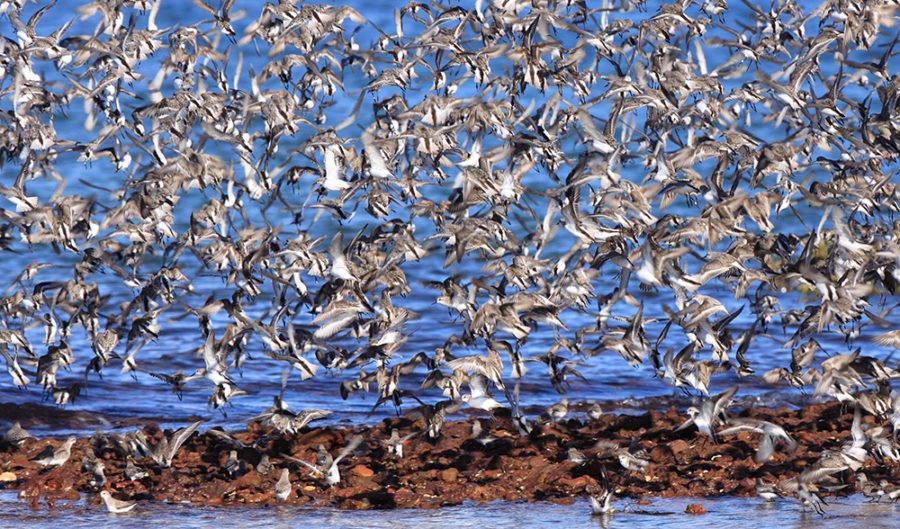
They’ve been described as ‘Disneyland for bird watchers’.
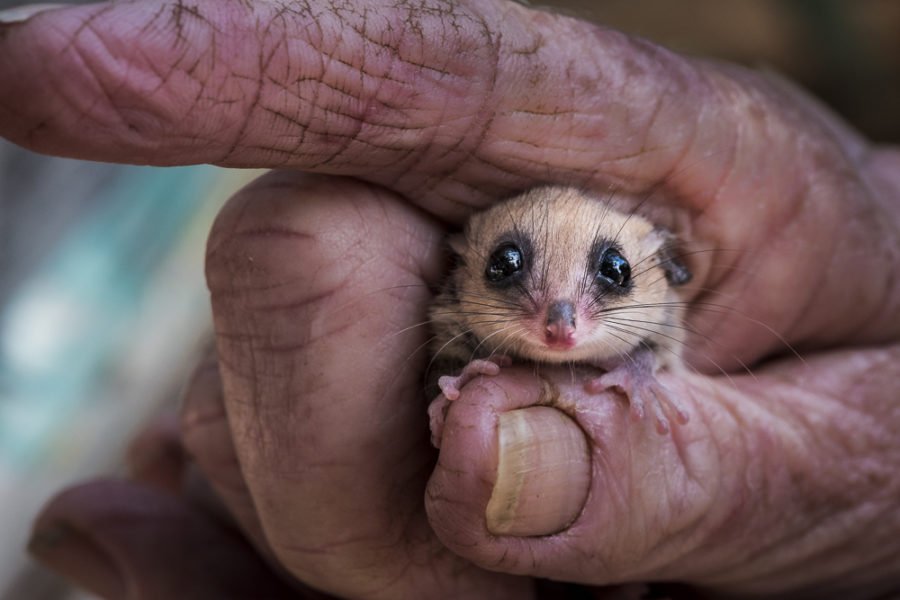
An encounter with a kangaroo left dying on a roadside on Kangaroo Island spurred photographer Doug Gimesy into action. Now this winner of the 2016 AG Nature Photographer of the Year ‘Our Impact’ category is using his images to raise awareness of the problem. Read the full feature and see more of Doug’s striking imagery in the May-June 2017 issue of Australian Geographic (AG#138).
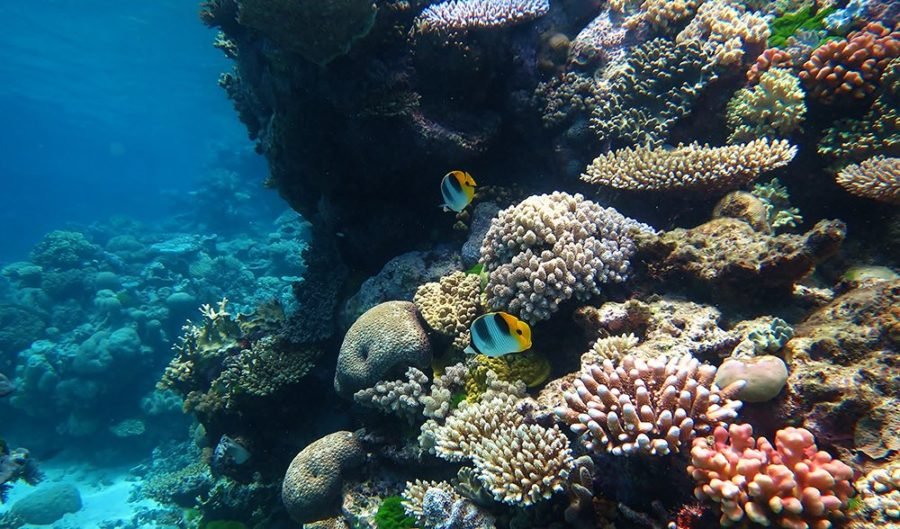
The current bleaching of the Great Barrier Reef brings with it many reasons for grave concern – but, thankfully, species extinction isn’t one of them. Here’s why.
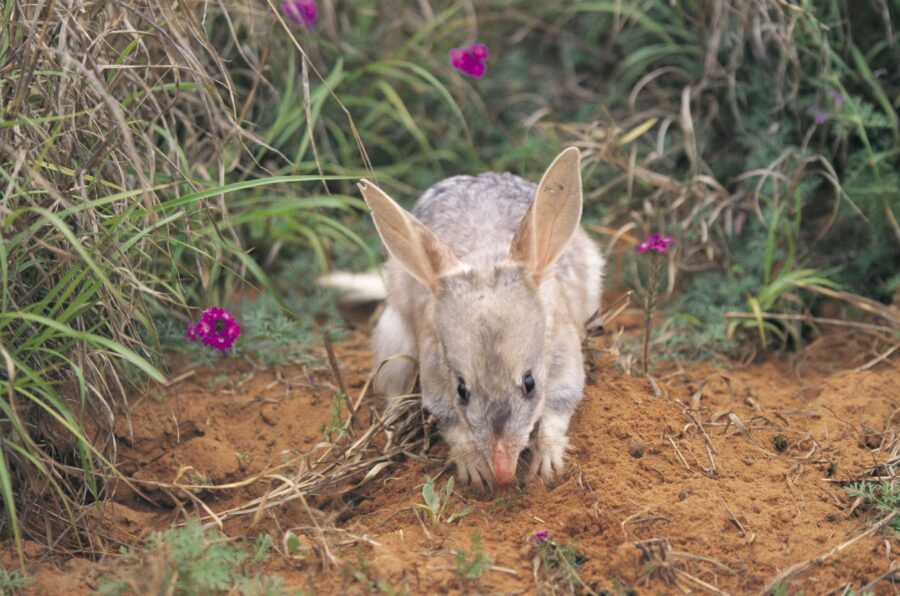
The bilby is becoming Australia’s Easter icon and a symbol of hope for our native wildlife.
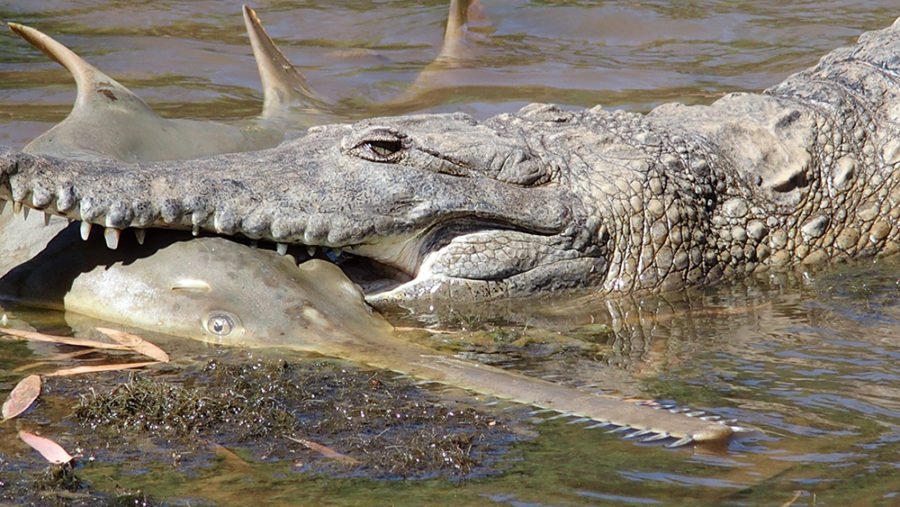
Although equipped with a formidable saw, young freshwater sawfish do not escape unscathed from their upstream migration through crocodile- and shark-infested waters, new research has found.

White-tail spiders have gained a frightening reputation since the 1980s – much of it undeserved. We’ve answered your questions about these misunderstood and maligned arachnids.
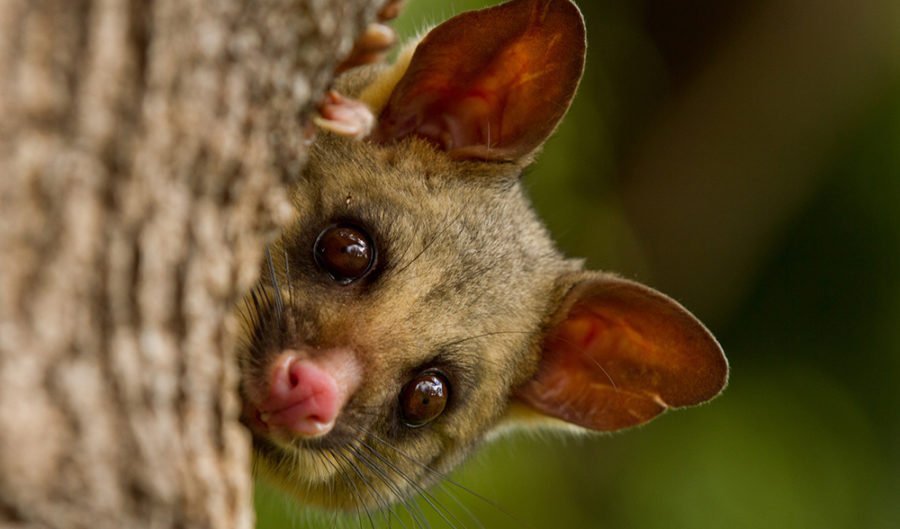
We now have ample evidence of these cute marsupials’ taste for flesh – and they could be endangering some of our most threatened birds.
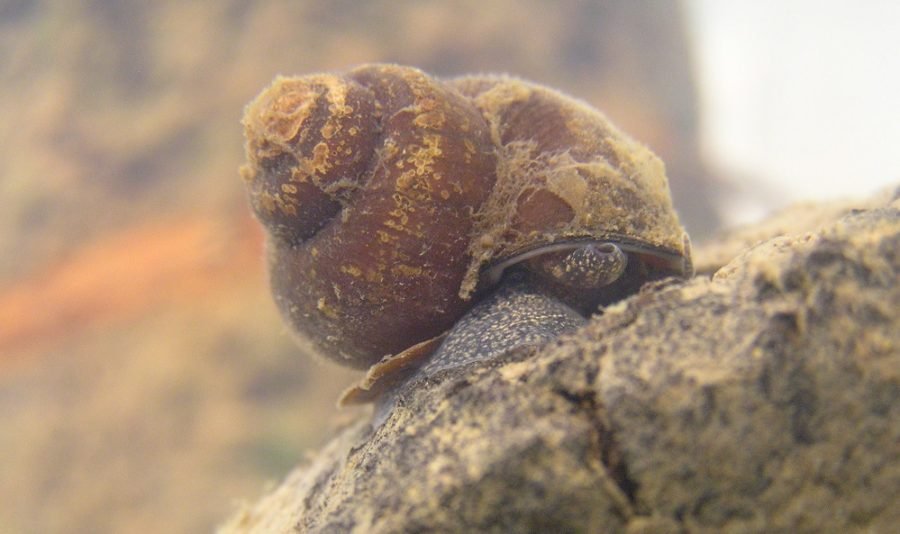
We may need to consider renaming the Hanley’s river snail to the Hanley’s pipe snail, given the endangered species has survived by taking up residence in an inconvenient man-made habitat.
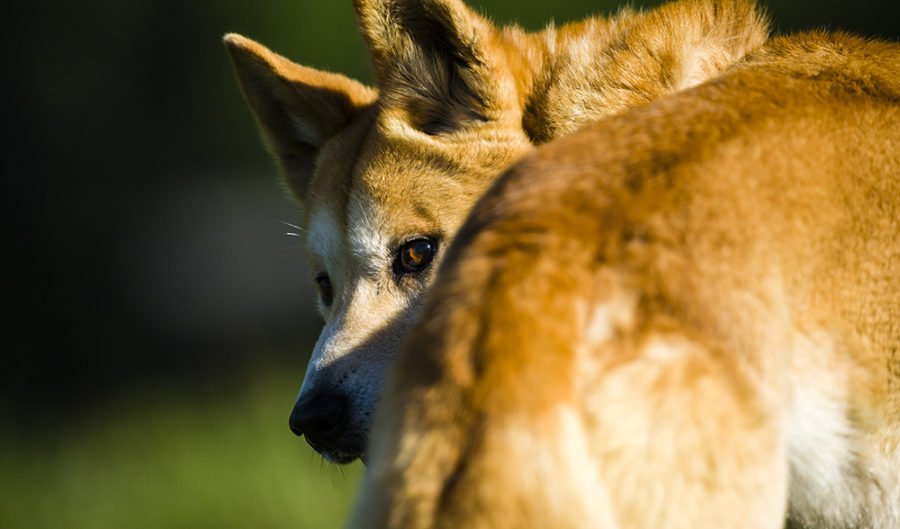
Pest or endangered species? Villain or environmental saviour? The dingo, Australia’s ‘native’ dog, often finds itself in no-man’s land.